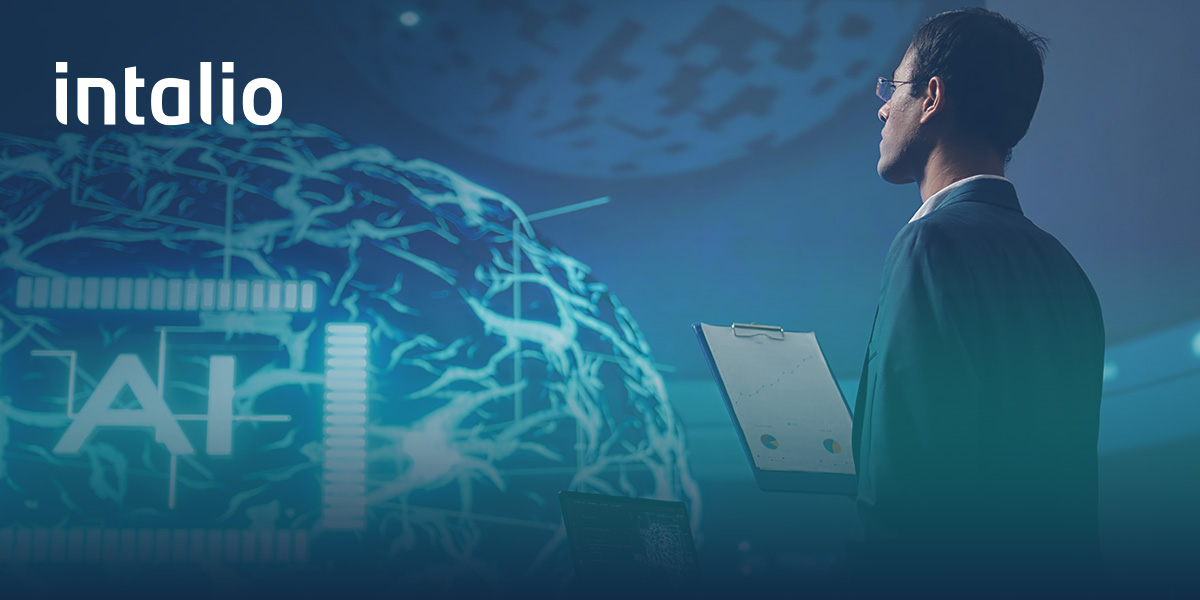No one can deny that this is the decade of AI. Artificial intelligence is being used in everything from marketing and online shopping to crime detection and even as personal assistants. As we continue to see AI in action all around us, the initial hesitation that most people and organizations had regarding AI is slowly fading away. Now, teams are beginning to realize the true potential of AI learning systems and understand that, when used right, AI can be an incredible tool that not only helps boost productivity but also makes processes and people more efficient.
AI learning systems are also one such breath of fresh air. Once teams become comfortable enough to start adopting AI learning systems and using them effectively, they can be certain that their decisions will be made on actual data instead of guesswork. What’s more, since it stores and processes massive amounts of historical data, AI learning software can accurately predict future outcomes and alert teams about potentially risky scenarios long before they even occur.
So, what are AI learning systems, how do they work, and why are they getting so popular among enterprises? We’ll discuss all of this and a lot more in this blog.
What are AI Learning Systems?
AI learning systems are systems that are designed to learn from existing data and make the most of it. These systems are fed massive volumes that they learn from in multiple different ways. At the very least, these intelligent learning systems are expected to identify trends, recognize recurring patterns in the data, make deductions and predictions, and even make decisions without the need for human intervention.
Based on intelligent models, these machine learning systems can also integrate with other systems being used by the organization, allowing all teams to work with the latest available data and be on the same page. This helps prevent issues such as duplication, working on outdated data, and even ensures that teams do not need to do the same task multiple times as everything is logged.
How Do AI Learning Systems Work?
AI learning systems rely on one or more techniques and algorithms to process and make sense of data. These range from machine learning models to neural networks which resemble the way humans learn.
Data preparation is an important part of any AI learning system. Since data can exist in many different formats and locations, it’s important to collect and structure it in a way that makes it easier for the learning model to process it. In almost all cases, data is also inundated with irrelevant information or “noise” which unnecessarily takes up processing power. In order to prevent this, the data must also be cleaned so that the machine learning model or AI learning system is only fed with data that really matters.
Then, the model is trained on existing data and fed conditions and parameters that minimize the risk of errors. Since data in modern organizations is increasing at an unprecedented rate, multiple iterations might be needed to ensure that the model is working exactly as required.
Once the initial training process has been completed, machine learning models are tested and validated using datasets that were not used in the training process so that the models are ready to use at scale. When this is done, the artificial intelligence system can be used unsupervised as it will accurately make deductions and provide insights with any data that is provided to it.
How are AI Learning Systems Being Used by Organizations?
Since AI learning systems like Intalio Insight can essentially be trained on all kinds of data, there’s a plethora of use cases for which these systems can be used in modern organizations. Let’s take a look at a few of them:
- Predictive maintenance
Predictive maintenance is one of the most common use cases of AI learning systems. Since predictive maintenance requires a lot of knowledge about how processes, workflows, and systems within an organization work, intelligent AI systems make for the ideal tool to help with predictive maintenance. AI systems can be trained on organizational data so that they know exactly the kind of result that can be expected when certain situations or anomalies occur.
Take the example of an AI learning system being used for predictive maintenance at a large aircraft company. Since the machine learning system will be trained on the existing aircraft fleet and have complete information about fleet health, inventory requirements, and other such details, the system will easily be able to inform teams if a certain part needs to be replaced or if an aircraft is unfit to fly.
- Customer service
Customers these days expect top-notch service every time, whether they’ve bought something as grand as an air conditioner or as simple as a pair of shoes. Using chatbots equipped with AI learning systems, organizations can offer the customer service that people today expect. AI models can be trained on a variety of scenarios, making them equipped to efficiently and effectively deal with all kinds of issues, from damages and returns to refunds.
Since most of these systems also have access to shopping patterns, chatbots and other AI for customer service can also be used to upsell to customers who are more likely to spend on different products or services.
- Dynamic pricing
It’s no surprise that companies regularly change prices due to a number of factors, from supply and demand to seasonality. AI models can be trained on historical sales data to recognize trends and understand how prices should be changed at different times of the year.
Ready to experience the benefits that AI learning models offer at your own organization? Request a demo today to find out how Intalio’s learning models can help transform the way you work.










